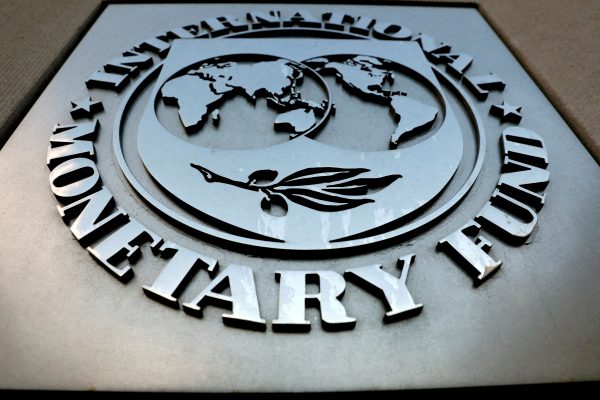A pattern has recently been repeated in several emerging market economies facing balance of payment difficulties, from Sri Lanka to Pakistan. This pattern typically involves an initial denial by national authorities, followed by an inevitable acknowledgement of the need for IMF assistance. To continue playing this role, the IMF must remain adequately resourced.
The IMF has three mechanisms to secure needed resources for countries in crisis.
First, the IMF assigns each member country a quota — the member’s contribution to the revolving pool of resources. Governments in need of financial support borrow from the pool in the form of a ‘drawing’. The IMF’s quota has been periodically augmented through reviews and currently stands at approximately US$635 billion.
Second, when the quota resources prove insufficient, the IMF can borrow from willing member countries. A standing facility has been maintained since 1962, when the General Arrangements to Borrow (GAB) — a supplementary borrowing agreement with a small number of industrial countries — was established. The GAB was superseded in 1998 by the New Arrangements to Borrow (NAB), which involves a larger group of countries. The borrowing limit under the NAB currently stands at approximately US$485 billion. If this proves inadequate, a third line of defence — bilateral borrowing agreements — can be activated.
Third, the IMF occasionally allocates Special Drawing Rights (SDRs) to member countries in proportion to their quotas. The SDR represents a claim on foreign exchange reserves and a country can exchange its SDR holdings for the equivalent amount in freely usable currencies from another country. As of now, 660.7 billion SDRs (about US$880 billion) have been allocated.
A quota review, when it involves an adjustment of quota shares, has become a protracted exercise. A country’s voting power is determined by a share, which is roughly set to capture the country’s relative weight in the world economy. With the rising weight of emerging market economies, industrial countries have faced pressure to yield more of their voting power. In 2020, the long-overdue 15th review ended with no agreement on a quota increase.
This explains why the IMF quota has been falling in relation to the size of the world economy, though this may not mean that the IMF’s ‘fire power’ has become inadequate. Any shortfall has been compensated for by an increase in the borrowing limit. Whereas the quota as a share of world GDP declined from 0.85 to 0.69 per cent from 1990 to 2021, the share would have risen from 0.96 to 1.22 per cent if the GAB/NAB borrowing limit is included. If the SDR allocation is included, the increase would be even greater — from 1.09 to 2.19 per cent.
The IMF’s founders envisioned the institution to be quota-based. This idea is still held in reverence today, with many voices calling for an increase in quota resources. Yet the outcome of the ongoing 16th IMF review remains uncertain.
A strict application of the quota formula used in 2010 to the latest data would require an adjustment of 12.44 percentage points between overrepresented and underrepresented countries. The biggest winner would be China, with a gain of more than 7 per cent. The biggest loser would be the United States, with a loss of 2.47 per cent. Any quota reform requires an 85 per cent majority and would be vetoed by the United States, which holds a voting share of 16.5 per cent.
What further complicates the 16th quota review is that a clear-cut dichotomy between advanced and emerging market economies no longer exists. If the 2010 formula is used, Russia and Brazil would be among the losers, while the winners would include Switzerland and Luxembourg. While emerging market economies no longer have a collective incentive to form a coalition, a quota reform in which China becomes virtually the only winner would be resisted, given today’s geopolitical reality.
The only politically feasible way to complete a future review might be to proportionally increase the quota, an idea proposed by the US Treasury that appeared to receive some support at the recent annual meetings held in Marrakech. But even if such a proposal is accepted by China, there is no guarantee that it would be approved by a Republican-controlled US Congress opposed to any increase in the IMF quota. If the review becomes protracted, another round of SDR allocation could be considered. The 2021 allocation reduced sovereign risk premia and allowed vulnerable countries to obtain more than US$140 billion in freely usable currencies, which likely alleviated pressure on the use of IMF resources during the COVID-19 pandemic.
These fixes are only temporary. But in the short term, they can defer the imperative to address the issue until a new wisdom, if not a less divided world, emerges to show a clear path to reform.
Shinji Takagi is Distinguished Research Professor at the Asian Growth Research Institute and Professor Emeritus of Economics at Osaka University.

